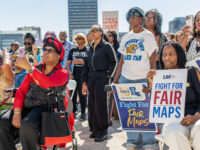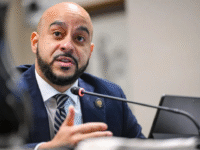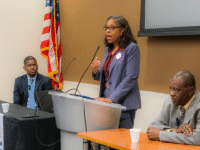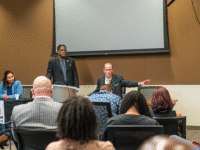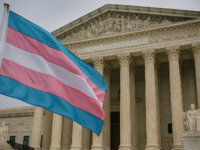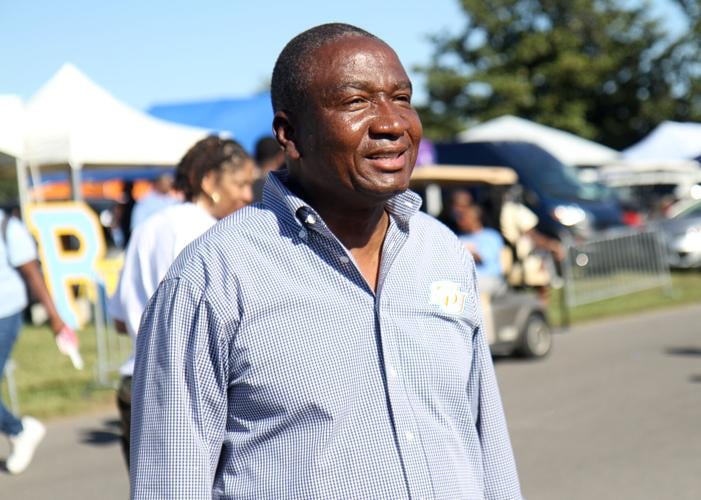On Friday, the U.S. Supreme Court took the rare step of punting a high-stakes challenge to Louisiana’s congressional map, setting the stage for another round of arguments next term. The court’s indecision leaves intact — at least temporarily — the current boundaries of the controversial 6th Congressional District, which gave Louisiana a second Black and Democratic member of its overwhelmingly Republican congressional delegation.
At the heart of the case, Louisiana v. Callais, lies a fraught legal debate over race, representation, and electoral fairness, reflecting deeper tensions within federal election law and the Court’s shifting stance on racial considerations in public policy.
The Supreme Court’s decision to defer a ruling drew a pointed dissent from Justice Clarence Thomas, who argued vigorously that the Court should have addressed the matter immediately. Thomas contended that the Court’s hesitation exacerbates the confusion over how states can legally balance compliance with the Voting Rights Act against constitutional prohibitions on racial gerrymandering.
“These cases highlight the intractable conflict between this Court’s interpretation of Section 2 of the Voting Rights Act and the Equal Protection Clause of the Fourteenth Amendment,” Thomas wrote, calling the current situation “Janus-like election-law jurisprudence,” leaving states uncertain of how to navigate redistricting legally.
Louisiana’s recent redistricting efforts exemplify these tensions. Initially, a federal district court found the state’s previous map, featuring only one majority-Black district out of six, likely violated the Voting Rights Act by diluting Black voters’ influence. Responding to this ruling, state lawmakers drew a sprawling second majority-Black district stretching 250 miles diagonally across the state from Shreveport to Baton Rouge—a configuration critics labeled a blatant racial gerrymander.
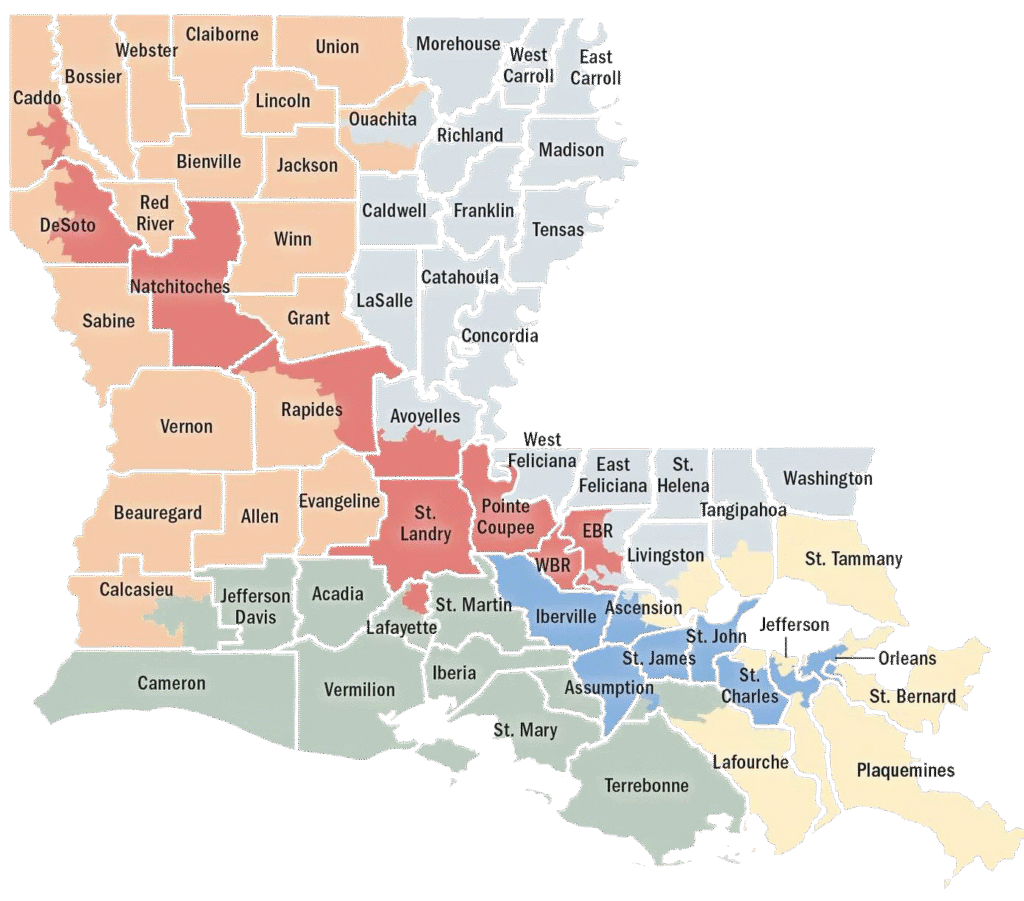
This prompted a lawsuit by a group of self-described “non-Black voters” alleging the state went too far, prioritizing race above other considerations in violation of the Constitution’s Equal Protection Clause. Despite hearing detailed arguments on this issue, the Supreme Court chose to revisit the case next term, leaving intact the second majority-Black district, represented by Democrat Cleo Fields.
The Court’s delay comes amid broader uncertainty over the fate of race-conscious policies in America. Last year, the conservative-majority Supreme Court ended affirmative action in college admissions, signaling increased skepticism of any policy that explicitly accounts for race. Yet, paradoxically, the Court strengthened aspects of the Voting Rights Act in its recent Alabama redistricting decision, which similarly required an additional majority-Black district.
Observers suggest that the Supreme Court’s punt may reflect internal divisions, as evidenced by Chief Justice John Roberts‘ earlier description of the district as “a snake that runs from one end of the state to the other,” indicating skepticism but not a definitive legal position.
For Louisiana residents and political watchers, the stakes remain high. The temporary preservation of the current congressional boundaries maintains Democratic gains but leaves unresolved critical questions about racial representation and electoral fairness. The Supreme Court’s eventual decision in Louisiana v. Callais next term could profoundly shape the landscape of political representation in Louisiana — and potentially across the South — for years to come.
Read the full decision to defer as well as Justice Thomas’ dissent below:
24-109_l53m
